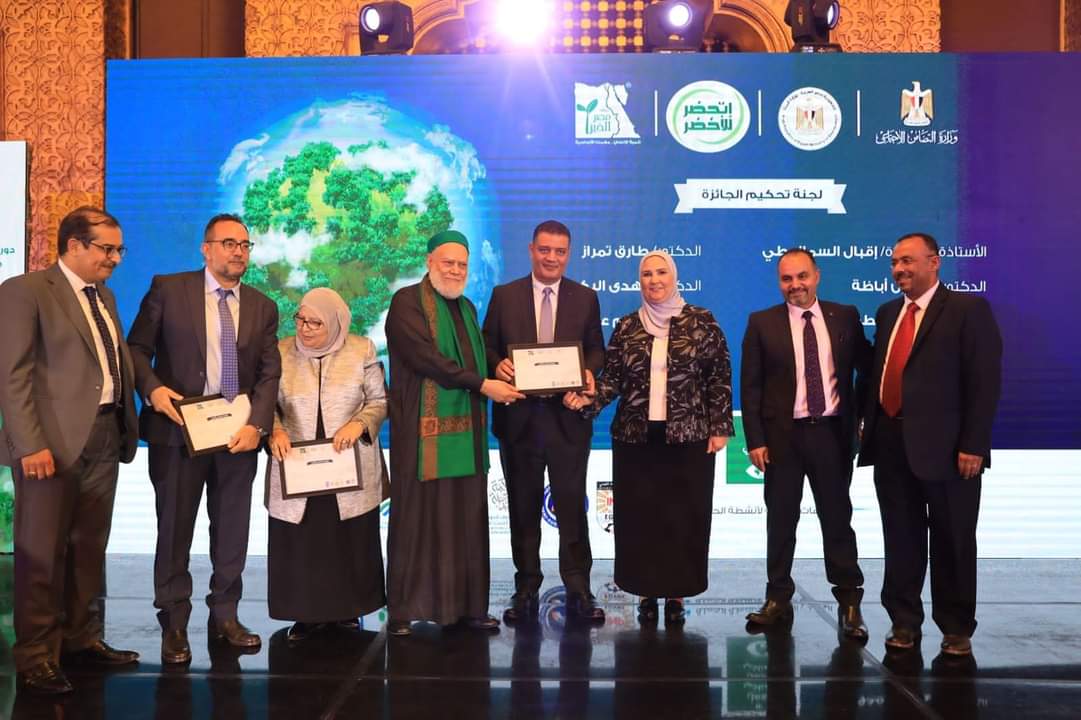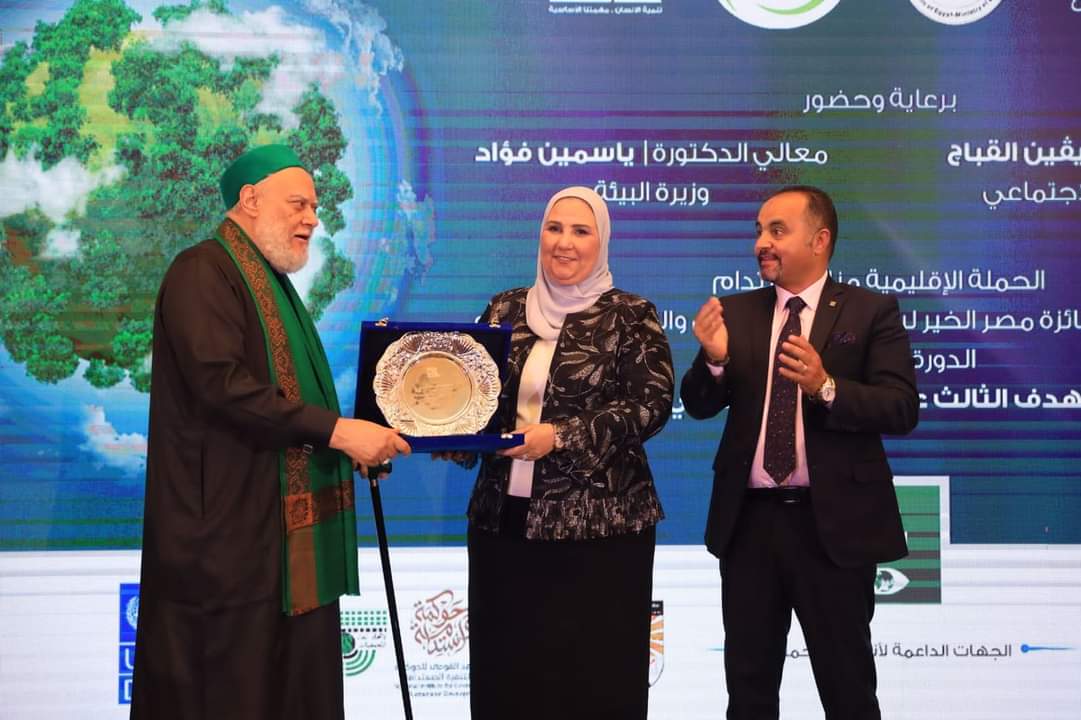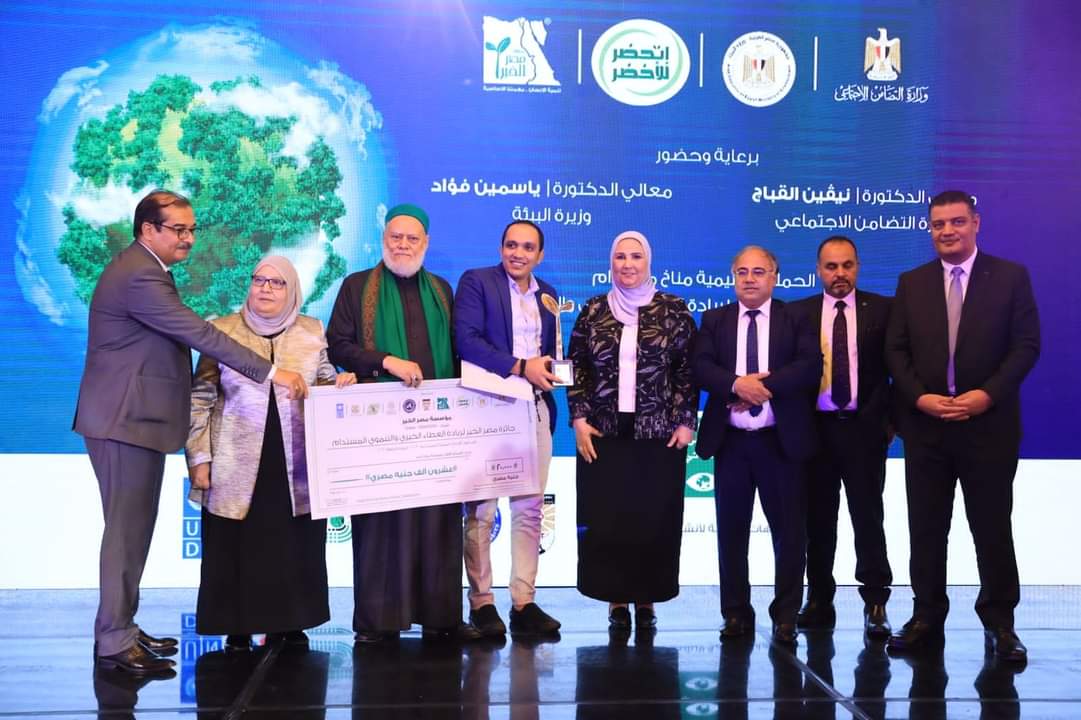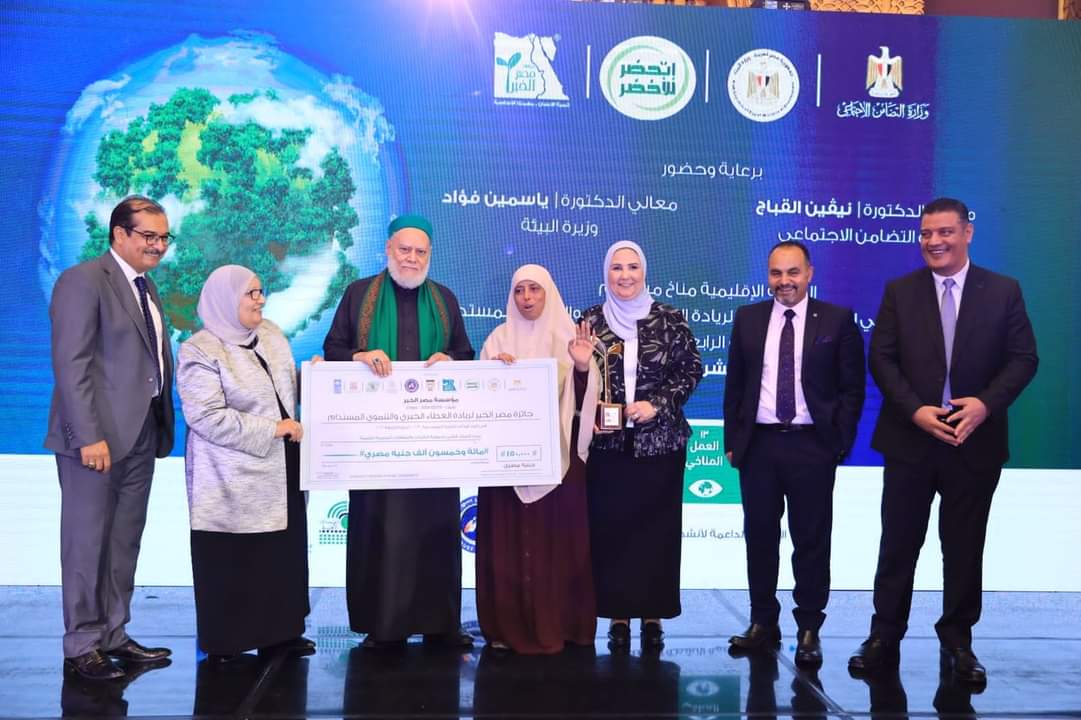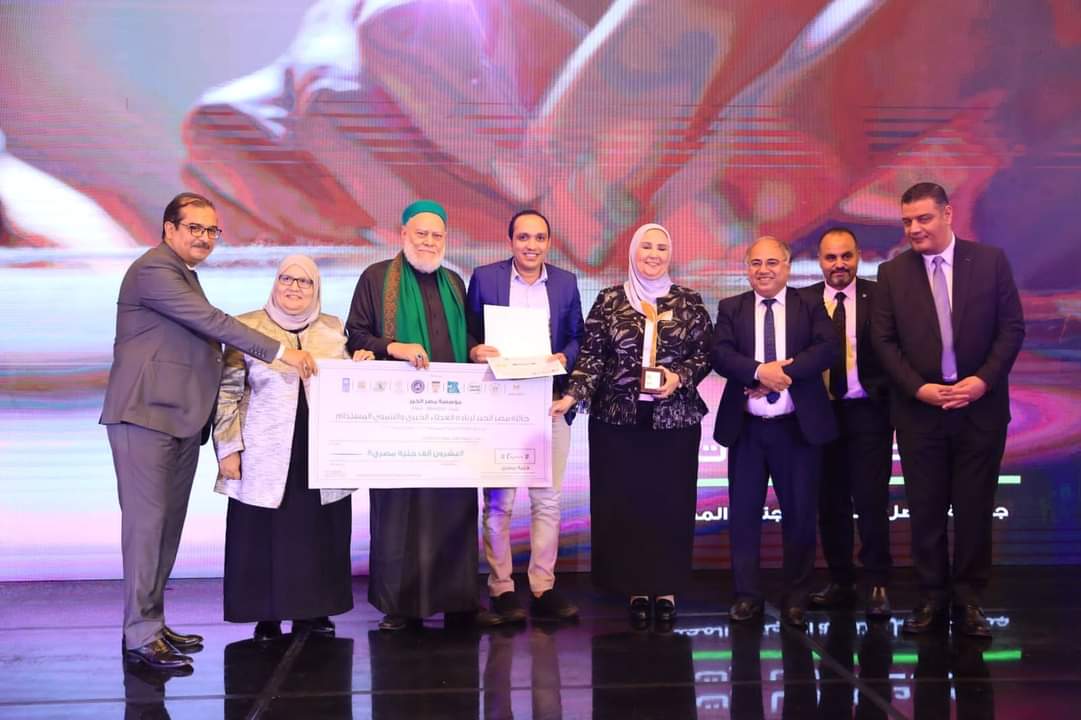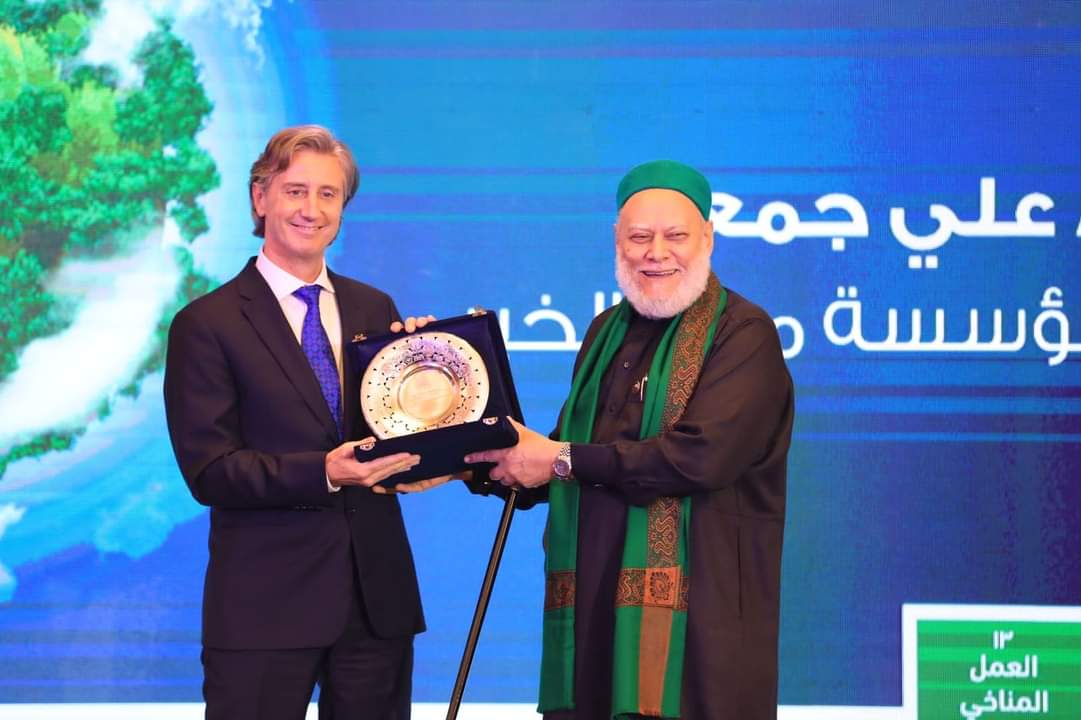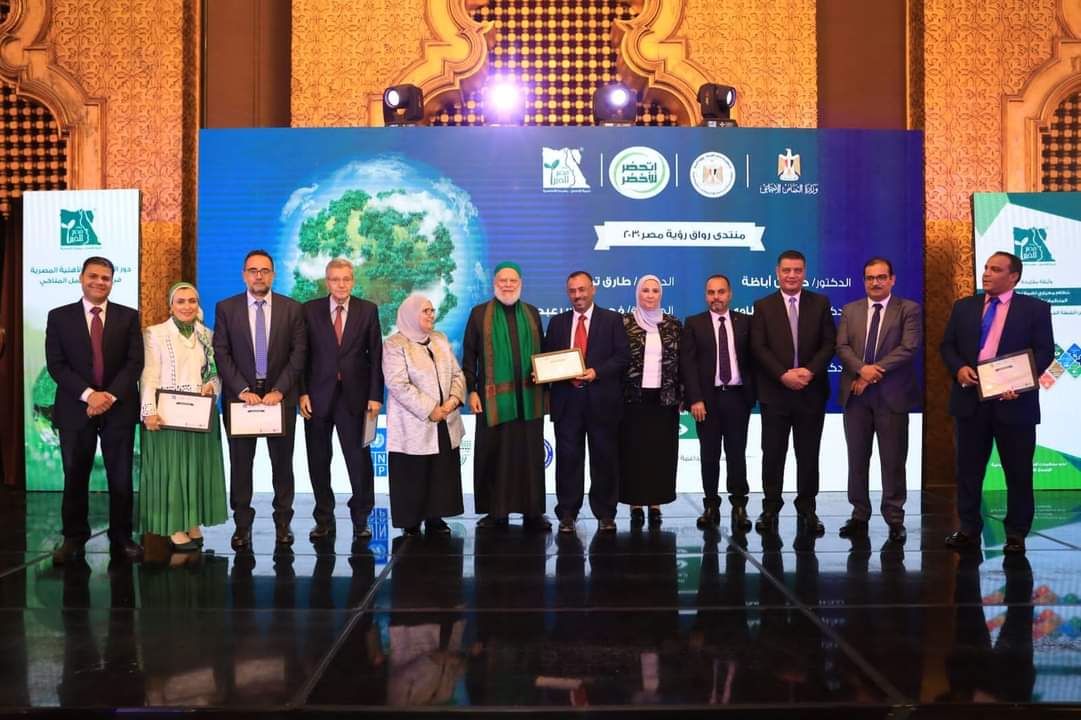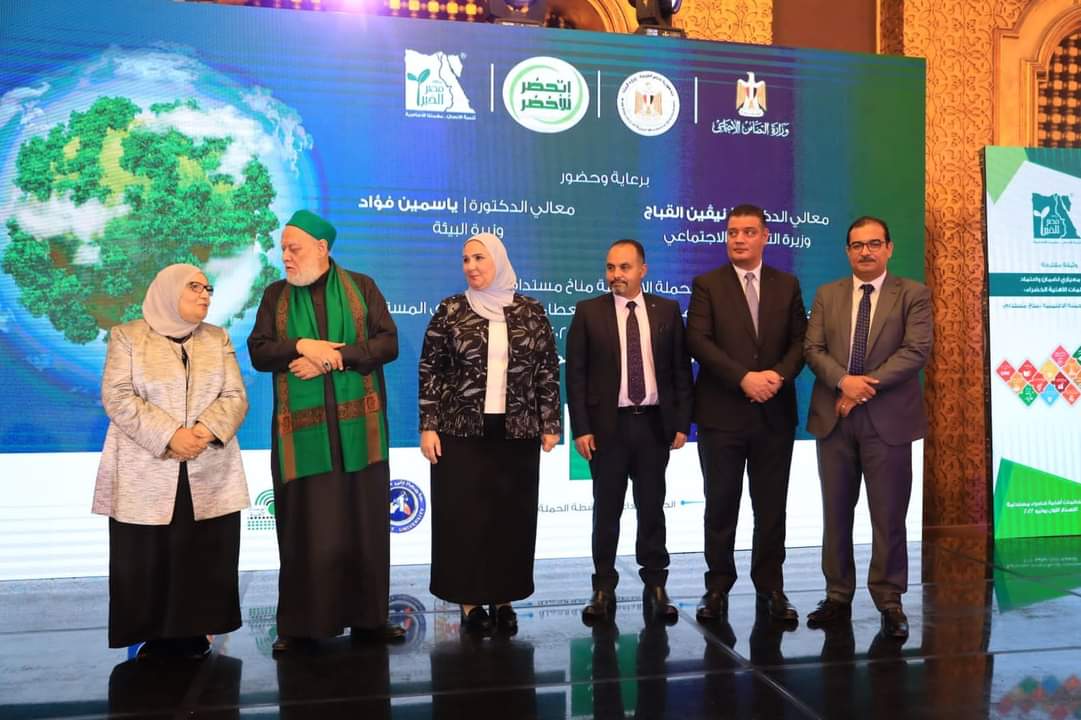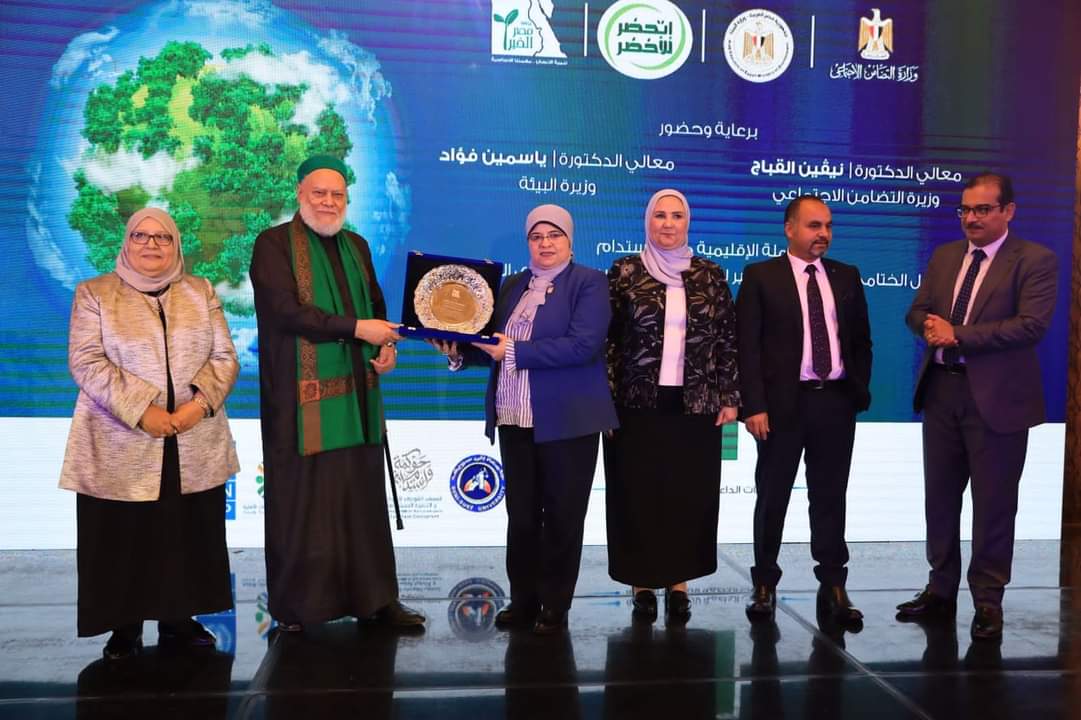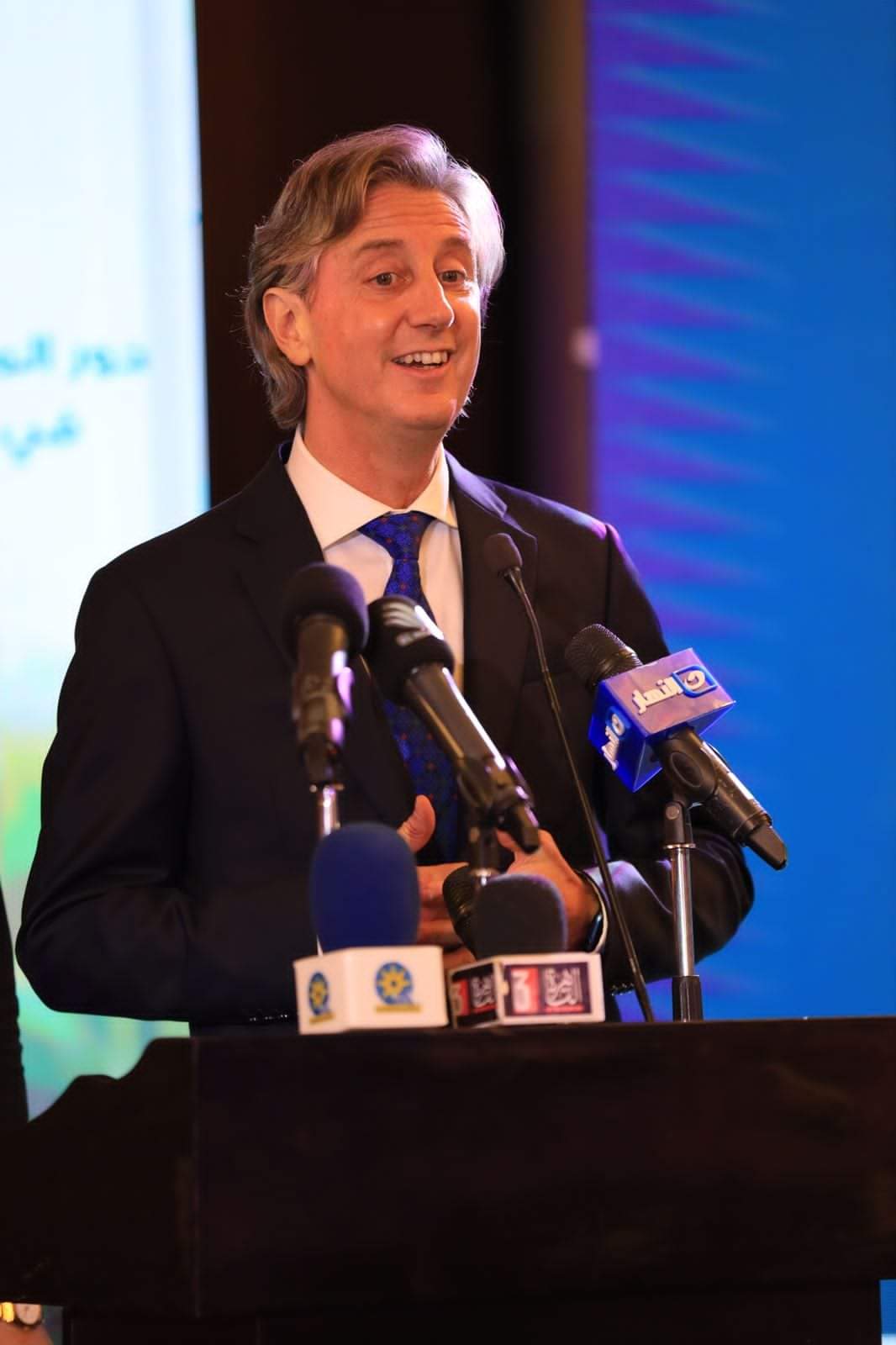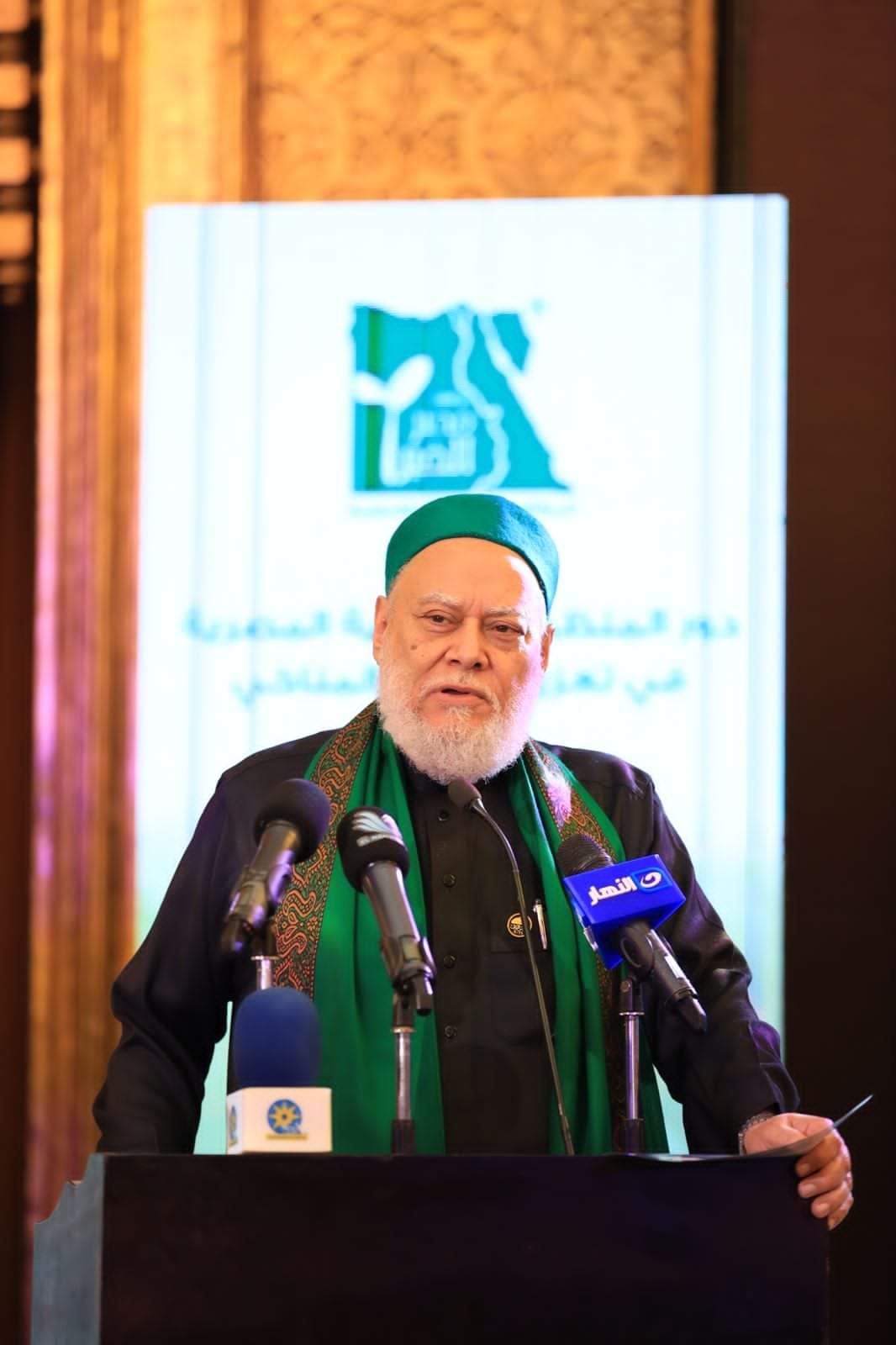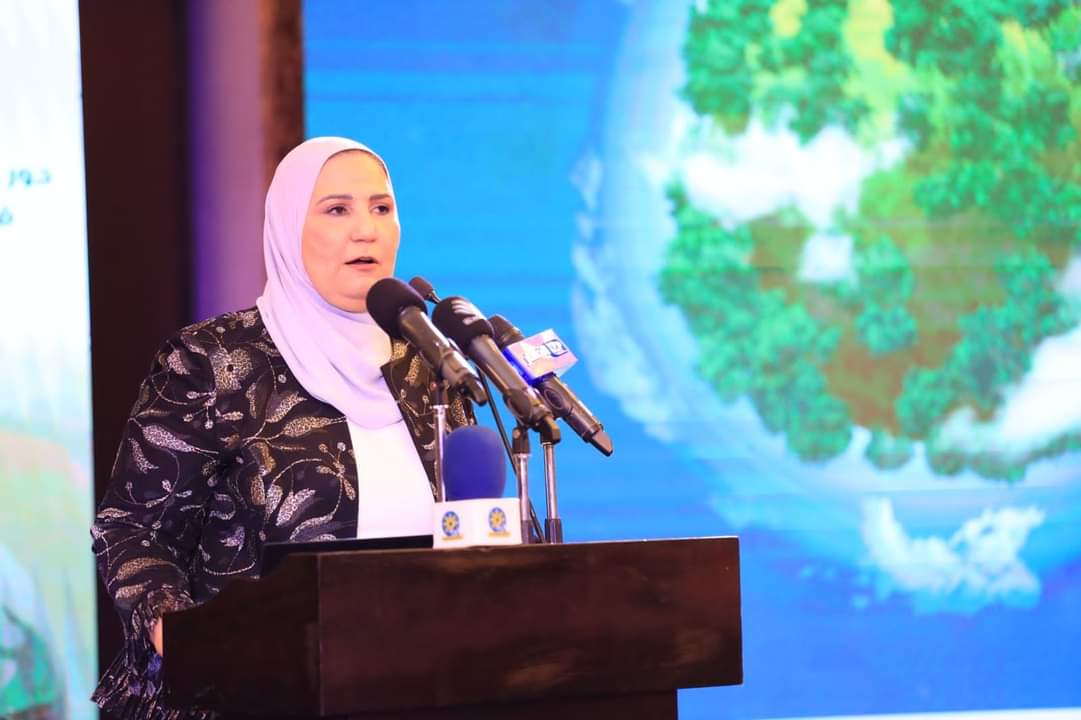Misr Al Khair Award for Leadership in Charitable and Sustainable Development Giving
Fourth session 2022: Climate action

Cycle Period
May 4, 2022 - Oct 2, 2022
Development Goal
Climate action
Subscription Period
May 17, 2022 - Jun 2, 2022
The subject of this cycle of the award:
Thirteenth goal: climate action
2015 represents a critical moment in the global quest for a sustainable future for seven billion people, who will exceed 9 billion by 2050. Over the next nine months, governments will define their vision for a post-2015 development agenda by agreeing on a set of sustainable development goals. Meanwhile, within the framework of the UNFCCC, these same governments will work to draft a new global agreement by December 2015 in Paris at the UN Climate Change Conference in order to address the threat of climate change while seizing the opportunity to combat it.
These two paths, although coming from different backgrounds and having their own dynamics and challenges, must be mutually supportive and interconnected if they are to eradicate poverty, improve livelihoods, promote prosperity and pass on a healthy, functioning world to the next generation. Governments and society in general have recognized this basic relationship. The 17 proposed Sustainable Development Goals include Goal 13: “Take urgent action to address climate change and its impacts.”
The proposed Sustainable Development Goal 13 critically emphasizes that this task is undertaken within the framework of the United Nations Framework Convention on Climate Change in order to minimize duplication of efforts and make the most of limited resources.
The Paris Agreement, which will bring all countries together in a common cause for the first time, aims to limit the rise in temperature in the world during this century to less than two degrees Celsius.
To achieve this, the new treaty should establish the policies, pathways, technologies and financing methods needed to ensure that global emissions peak within a maximum of 10 years, begin decarbonizing economies around the world, and achieve climate neutrality in the second half of the century. Climate neutrality, sometimes referred to as carbon neutrality, or net zero, is nothing different than restoring the planet's balance, in terms of emissions and emissions, to its previous state that prevailed a century and a half ago.
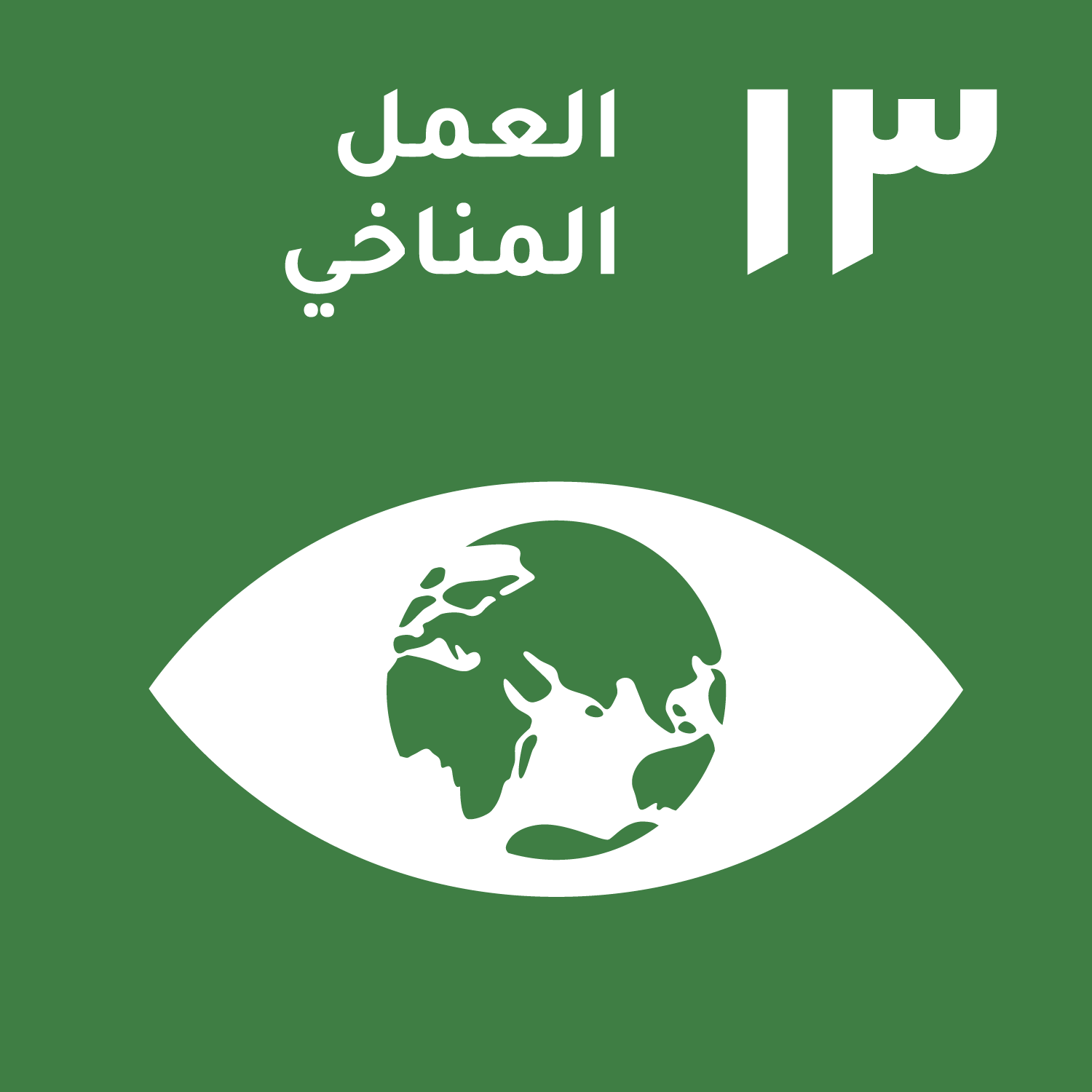
Final report and highlights
Photo Gallery
Goal Objectives: Climate action
2015 represents a critical moment in the global quest for a sustainable future for seven billion people, who will exceed 9 billion by 2050. Over the next nine months, governments will define their vision for a post-2015 development agenda by agreeing on a set of sustainable development goals. Meanwhile, within the framework of the UNFCCC, these same governments will work to draft a new global agreement by December 2015 in Paris at the UN Climate Change Conference in order to address the threat of climate change while seizing the opportunity to combat it.
These two paths, although coming from different backgrounds and having their own dynamics and challenges, must be mutually supportive and interconnected if they are to eradicate poverty, improve livelihoods, promote prosperity and pass on a healthy and functioning world to the next generation. Governments and society in general have recognized this basic relationship. The 17 proposed sustainable development goals include Goal 13: “Take urgent action to address climate change and its impacts.”
The Paris Agreement, which will bring all countries together in a common cause for the first time, aims to limit the rise in global temperature during this century to less than two degrees Celsius.
To achieve this, the new treaty should establish the policies, pathways, technologies and financing methods needed to ensure that global emissions peak within a maximum of 10 years, begin decarbonizing economies around the world, and achieve climate neutrality in the second half of the century. Climate neutrality, sometimes referred to as carbon neutrality, or net zero, is nothing different than restoring the balance of the planet, in terms of emissions entering and emissions exiting, to its previous state that prevailed a century and a half ago.
Target Group
2015 represents a critical moment in the global quest for a sustainable future for seven billion people, who will exceed 9 billion by 2050. Over the next nine months, governments will define their vision for a post-2015 development agenda by agreeing on a set of sustainable development goals. Meanwhile, within the framework of the UNFCCC, these same governments will work to draft a new global agreement by December 2015 in Paris at the UN Climate Change Conference in order to address the threat of climate change while seizing the opportunity to combat it.
These two paths, although coming from different backgrounds and having their own dynamics and challenges, must be mutually supportive and interconnected if they are to eradicate poverty, improve livelihoods, promote prosperity, and pass on a healthy and functioning world to the next generation. Governments and society in general have recognized this basic relationship. The 17 proposed sustainable development goals include Goal 13: “Take urgent action to address climate change and its impacts.”
The proposed Sustainable Development Goal 13 critically emphasizes that this task is undertaken within the framework of the United Nations Framework Convention on Climate Change in order to minimize duplication of efforts and make the most of limited resources.
The Paris Agreement, which will bring all countries together in a common cause for the first time, aims to limit the rise in global temperature during this century to less than two degrees Celsius.
To achieve this, the new treaty should establish the policies, pathways, technologies and financing methods needed to ensure that global emissions peak within a maximum of 10 years, begin decarbonizing economies around the world, and achieve climate neutrality in the second half of the century. Climate neutrality, sometimes referred to as carbon neutrality, or net zero, is nothing different than restoring the balance of the planet, in terms of emissions entering and emissions exiting, to its previous state that prevailed a century and a half ago.
Conditions for applying for the award: Fourth session 2022: Climate action
First: Conditions for applying for the NGO Award
2015 represents a critical moment in the global quest for a sustainable future for seven billion people, who will exceed 9 billion by 2050. Over the next nine months, governments will define their vision for a post-2015 development agenda by agreeing on a set of sustainable development goals. Meanwhile, within the framework of the UNFCCC, these same governments will work to draft a new global agreement by December 2015 in Paris at the UN Climate Change Conference in order to address the threat of climate change while seizing the opportunity to combat it.
These two paths, although coming from different backgrounds and having their own dynamics and challenges, must be mutually supportive and interconnected if they are to eradicate poverty, improve livelihoods, promote prosperity, and pass on a healthy and functioning world to the next generation. Governments and society in general have recognized this basic relationship. The 17 proposed sustainable development goals include Goal 13: “Take urgent action to address climate change and its impacts.”
The proposed Sustainable Development Goal 13 critically emphasizes that this task is undertaken within the framework of the United Nations Framework Convention on Climate Change in order to minimize duplication of efforts and make the most of limited resources.
The Paris Agreement, which will bring all countries together in a common cause for the first time, aims to limit the rise in global temperature during this century to less than two degrees Celsius.
To achieve this, the new treaty should establish the policies, pathways, technologies and financing methods needed to ensure that global emissions peak within a maximum of 10 years, begin decarbonizing economies around the world, and achieve climate neutrality in the second half of the century. Climate neutrality, sometimes referred to as carbon neutrality, or net zero, is nothing different than restoring the balance of the planet, in terms of emissions entering and emissions exiting, to its previous state that prevailed a century and a half ago.
Second: Conditions for applying for the Youth Initiatives Award
2015 represents a critical moment in the global quest for a sustainable future for seven billion people, who will exceed 9 billion by 2050. Over the next nine months, governments will define their vision for a post-2015 development agenda by agreeing on a set of sustainable development goals. Meanwhile, within the framework of the UNFCCC, these same governments will work to draft a new global agreement by December 2015 in Paris at the UN Climate Change Conference in order to address the threat of climate change while seizing the opportunity to combat it.
These two paths, although coming from different backgrounds and having their own dynamics and challenges, must be mutually supportive and interconnected if they are to eradicate poverty, improve livelihoods, promote prosperity, and pass on a healthy and functioning world to the next generation. Governments and society in general have recognized this basic relationship. The 17 proposed sustainable development goals include Goal 13: “Take urgent action to address climate change and its impacts.”
The proposed Sustainable Development Goal 13 critically emphasizes that this task is undertaken within the framework of the United Nations Framework Convention on Climate Change in order to minimize duplication of efforts and make the most of limited resources.
The Paris Agreement, which will bring all countries together in a common cause for the first time, aims to limit the rise in global temperature during this century to less than two degrees Celsius.
To achieve this, the new treaty should establish the policies, pathways, technologies and financing methods needed to ensure that global emissions peak within a maximum of 10 years, begin decarbonizing economies around the world, and achieve climate neutrality in the second half of the century. Climate neutrality, sometimes referred to as carbon neutrality, or net zero, is nothing different than restoring the balance of the planet, in terms of emissions entering and emissions exiting, to its previous state that prevailed a century and a half ago.
Main Topics of the Project
2015 represents a critical moment in the global quest for a sustainable future for seven billion people, who will exceed 9 billion by 2050. Over the next nine months, governments will define their vision for a post-2015 development agenda by agreeing on a set of sustainable development goals. Meanwhile, within the framework of the UNFCCC, these same governments will work to draft a new global agreement by December 2015 in Paris at the UN Climate Change Conference in order to address the threat of climate change while seizing the opportunity to combat it.
These two paths, although coming from different backgrounds and having their own dynamics and challenges, must be mutually supportive and interconnected if they are to eradicate poverty, improve livelihoods, promote prosperity, and pass on a healthy and functioning world to the next generation. Governments and society in general have recognized this basic relationship. The 17 proposed sustainable development goals include Goal 13: “Take urgent action to address climate change and its impacts.”
The proposed Sustainable Development Goal 13 critically emphasizes that this task is undertaken within the framework of the United Nations Framework Convention on Climate Change in order to minimize duplication of efforts and make the most of limited resources.
The Paris Agreement, which will bring all countries together in a common cause for the first time, aims to limit the rise in global temperature during this century to less than two degrees Celsius.
To achieve this, the new treaty should establish the policies, pathways, technologies and financing methods needed to ensure that global emissions peak within a maximum of 10 years, begin decarbonizing economies around the world, and achieve climate neutrality in the second half of the century. Climate neutrality, sometimes referred to as carbon neutrality, or net zero, is nothing different than restoring the balance of the planet, in terms of emissions entering and emissions exiting, to its previous state that prevailed a century and a half ago.
Awards
First: NGO Award
First place: a golden shield and an amount worth 200,000 Egyptian pounds
Second place: a golden shield and an amount worth 150,000 Egyptian pounds
Third place: a golden shield and an amount worth 100,000 Egyptian pounds
Second: Youth Initiatives Award
First place: a golden shield and an amount worth 20,000 Egyptian pounds
Third: Appreciation awards
Appreciation for pioneers of civil society work: a golden shield and a certificate of appreciation
Appreciation for youth: a golden shield and a certificate of appreciation
Note: Non-major discretionary awards are nominated by the jury only
Judgement Comity

